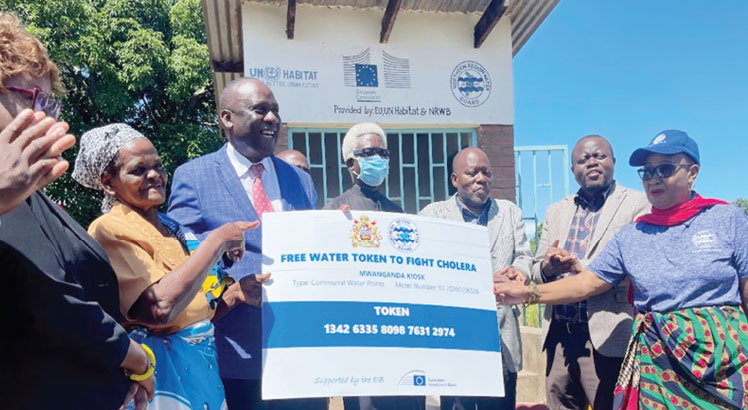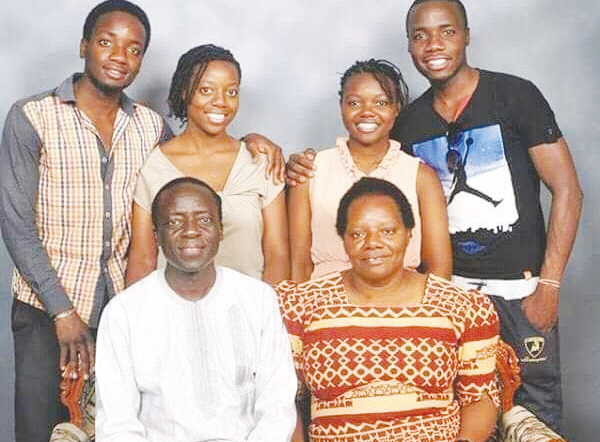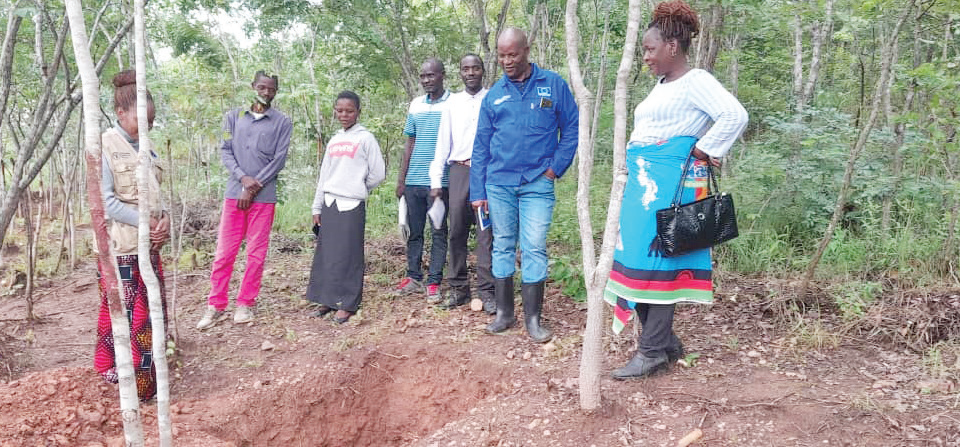Clearing Cyclone Idai rubble
Massive rocks scattered in the middle of Nkhate River, which burst its banks during severe flooding caused by Cyclone Idai last year, preserves memories of Godfrey Mahiya’s “worst-ever disaster”.
From the collage of chaos, the 65-year-old, like many villagers on the banks of the river in Chikwawa District, remembers the three-day torrent that loosened the rocks from nearby hills to clog the river.
“It was tragic. As rocks choked the river, we looked helplessly as racing water reduced our homes to rubble like matchsticks as it washed away livestock and buried crops in silt. The scheme was hit hard; the intake was choked by rocks,” says Mahiya, from Chagalang’anda Village.

The 243-hectare (ha) irrigation scheme, constructed by the Taiwanese in 1979, supports the livelihoods of 1 396 farm families in 26 villages on its margins. After the devastating floods, they only cultivated 183ha as the remainder was battered by the disaster that affected almost one million Malawians and displaced about 90 000.
Mahiya recalls: “Huge rocks blocked the intake and canals while others destroyed the concrete walls of the river made to last by the Taiwanese.
“The scheme has been resilient to annual floods for 40 years, but couldn’t withstand the flooding seen in March 2019,”
A year on, Nkhate is among 20 irrigation schemes being rehabilitated by Agriculture Commericialisation (Agcom) following the floods that disrupted agriculture in 15 districts.
Agcom, supported by a $95 million loan (about K71 billion) from the World Bank, is the government’s flagship initiative to turn agriculture into business. It pumped K69 million into rehabilitation. The project has pumped K5.5 billion in rehabilitation of 20 irrigation schemes damaged by the 2019 disaster as well as K3.6 million for maintenance of feeder roads to open up the renewed agricultural production zones.
“After the floods in 2019, we conducted a quick assessment and realised that several schemes were damaged.
“We selected Nkhate and 19 other schemes because of the extent of the damage and a huge population lost a whole investment that defines agriculture in their communities. We hope they will get back to their normal lives and keep harvesting three times a year,” says Anderson Mbozi, an irrigation engineer from Agcom.
The restoration of Nkhate scheme has elated the farmers whose income and food security hinge on the wetland frequently hit by floods.
They grow rice and maize, potatoes and vegetables in the fertile soils enriched by alluvial deposits from frequent flooding.
Says Alex Chimwaza, an engineer deployed by the contractor, Hema Construction: “Our work mainly involved excavating, removing rocks that choked the river and put gabion wire to strengthen the walls of the river.
“We want to rebuild better because schemes are by nature vulnerable to disasters because they are usually located near waterways or in flood-prone valleys.”
Nkhate is the largest producer of rice on the East Bank of the Shire River, a food basket for Chikwawa town and Blantyre City nearby.
Travellers between the two localities savour its offerings at Thabwa, a busy roadside trading centre that never runs out of farm fresh produce come rain or sunshine.
“Most Malawians grow maize, but we sell it before it dries because green cobs fetch more. The other crops are more rewarding and we would have been hitting gold had we access to superstores filled with imported foodstuffs,” says Mahiya.
Agcom is financing similar emergency recovery projects in Dedza, Zomba, Machinga, Chiradzulu and Phalombe.
At Kanjedza and Sambankhuni in Phalombe, Foundation for Irrigation and Sustainable Development (Fisd) has installed solar-powered boreholes to water crops where farmers once relied on seasonal wells.
Agcom national project coordinator Ted Nakhumwa: “Our main goal is to help farmers graduate from subsistence to commercialisation. If they have an agri-business idea that can work, we will support them provided they can afford 30 percent of the required investment as a sign of commitment.
“However, when tragedy struck, we felt duty-bound to invest in rehabilitating some schemes, roads and the environment with funding from a contingent emergency response window triggered when the President declares a state of disaster.”





